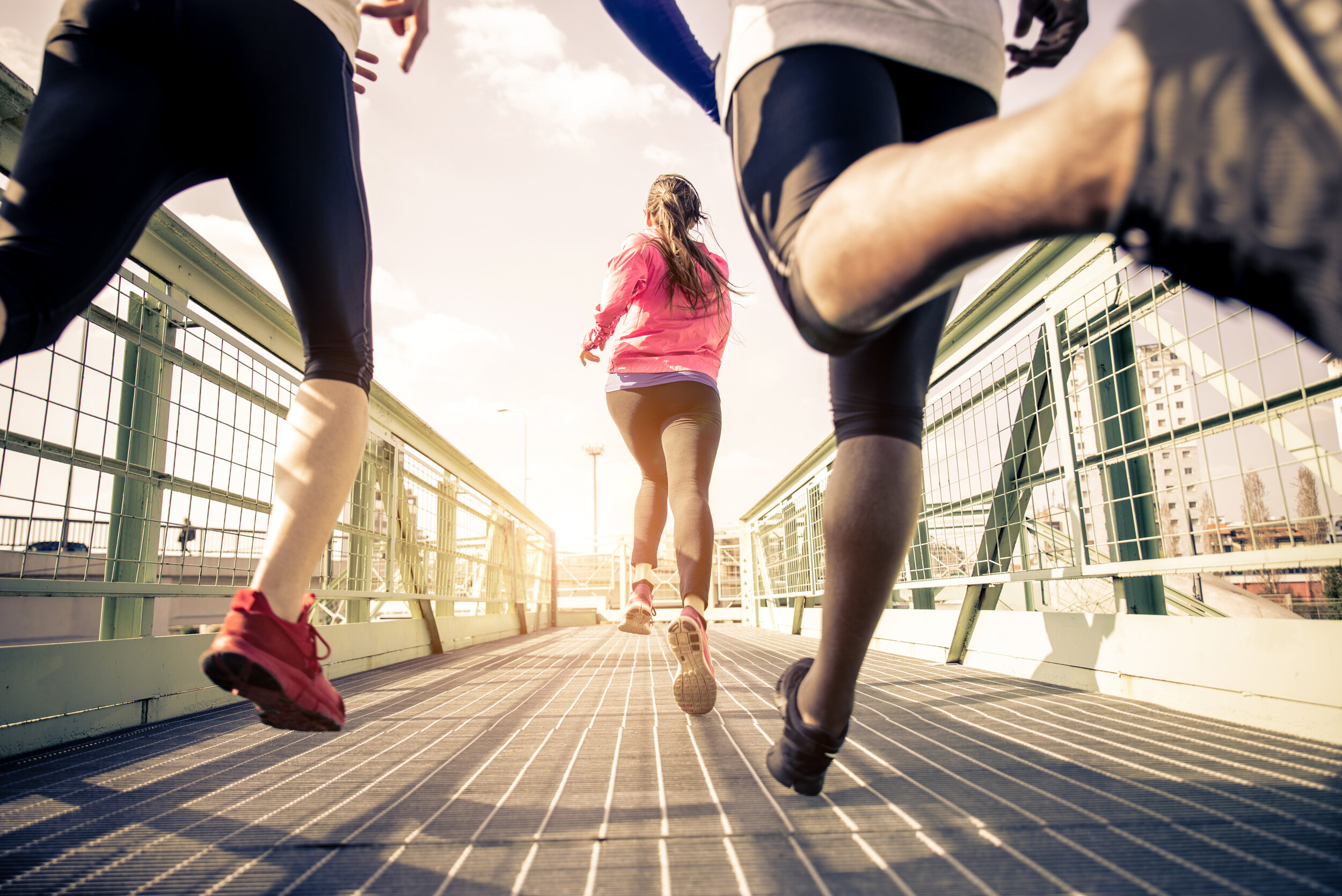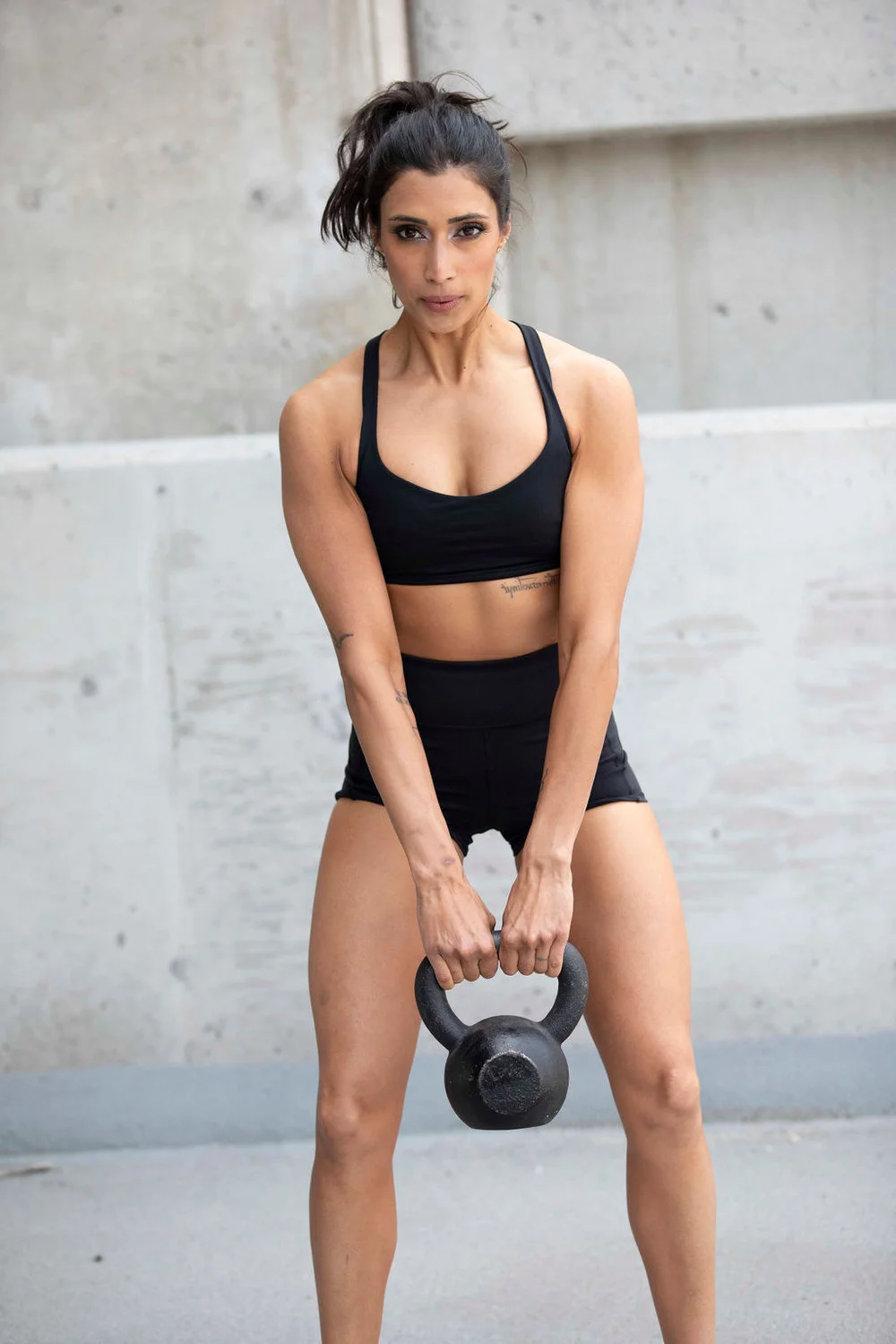COVID-19 brought many changes to people’s routines, especially those having to do with fitness. With gyms closed and people from home, there has been doing a lot less moving and a lot more sitting. Now that we are entering stage 3, many of you may be itching to get back to the gym and exercising regularly. After this prolonged break, it is important to ease yourself back into a workout routine rather than jump right back in where you left off.
To avoid injury, take the following into consideration:
Increase gradually
Did you used to work out 5 days/week? Start with 2 days/week and each week add an extra day. This is especially relevant with weight lifting, assuming most people have been doing body weight or banded workouts from home. Lift less weight than you are used to and slowly ramp things back up.
Include a warm up and a cool down
A good warm up prepares your body for activity and helps loosen up your muscles. A cool down including deep stretching is also very necessary. Don’t skip these!
Listen to your body
Recognize the difference between being sore and being in pain. Adjust your intensity accordingly. Also ,don’t be too hard on yourself if you aren’t training at the level you were pre-quarantine. This can lead to a loss in motivation and feeling discouraged.
Remember to rest
Resting between workouts is imperative for recovery! It is also the least scheduled and under-utilized way to enhance performance. Down time allows the muscles to repair, rebuild and strengthen, as well as adapt to your new routine. Sleep, hydration, nutrition, stretching, foam rolling, ice, etc. are all important aspects of recovery.
If you're not feeling ready to head back to the gym just yet, sign up for our virtual training and stay in the comfort of your own home.


























